Bacteria face multiple stressors in the human body, including fluid flow. A new University of Illinois study found that combining the stress of fluid flow with the chemical stress of the hydrogen peroxide naturally present in the body synergizes to block bacterial migration and growth of the human pathogen Pseudomonas aeruginosa.
Tag: BIOCHEMISTRY
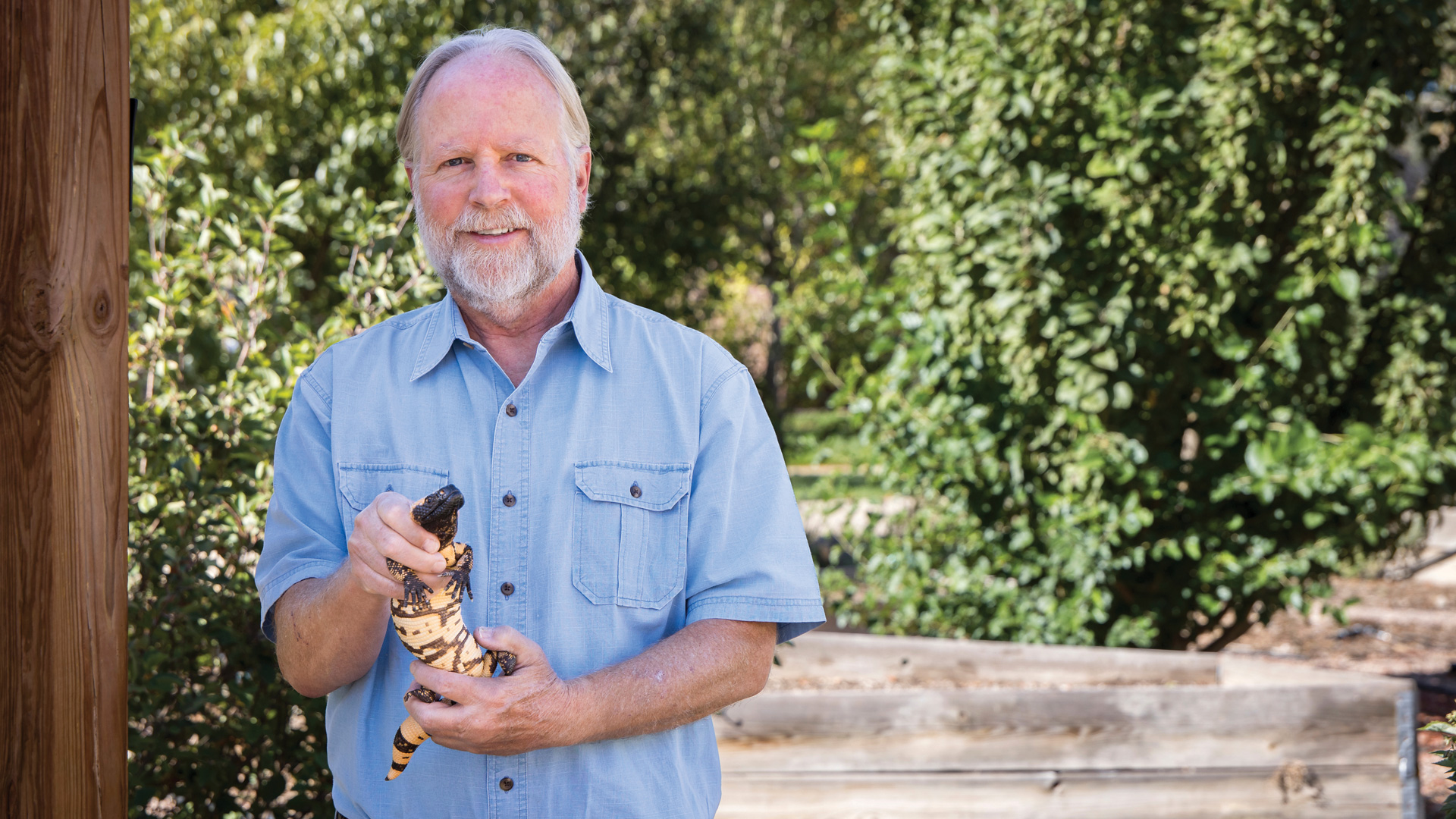
From Poison to Panacea
Hundreds of venomous snakes. King Cobras. Spitting cobras. Mambas. Gaboon vipers. African vipers. South American vipers. North American vipers. Every type of snake imaginable. That’s what fascinated Steve Mackessy, Ph.D., from an early age, thanks to his part-time job in high school — working at a reptile supply company. He’s been enthralled with these venomous creatures ever since. Now, he is a professor of Biology in UNC’s College of Natural and Health Sciences.
Researchers Identify New Protein Pathway, Biological Function Important for Cell Migration, Cancer Metastasis
A new study by researchers at the UNC School of Medicine has identified a new biological function of 2’3’-cGAMP in the control of cell migration and cancer metastasis. This research also provides further insights into statin drugs that block cell migration.
Glowing Proteins Enable Real-Time, 3-D Study of Essential Enzymes
Working in organoid models, researchers at University of California San Diego School of Medicine have developed a new tool to study protein-kinase C (PKC) enzymes, which play a critical role in cell growth, differentiation and survival. Malfunction of these proteins…
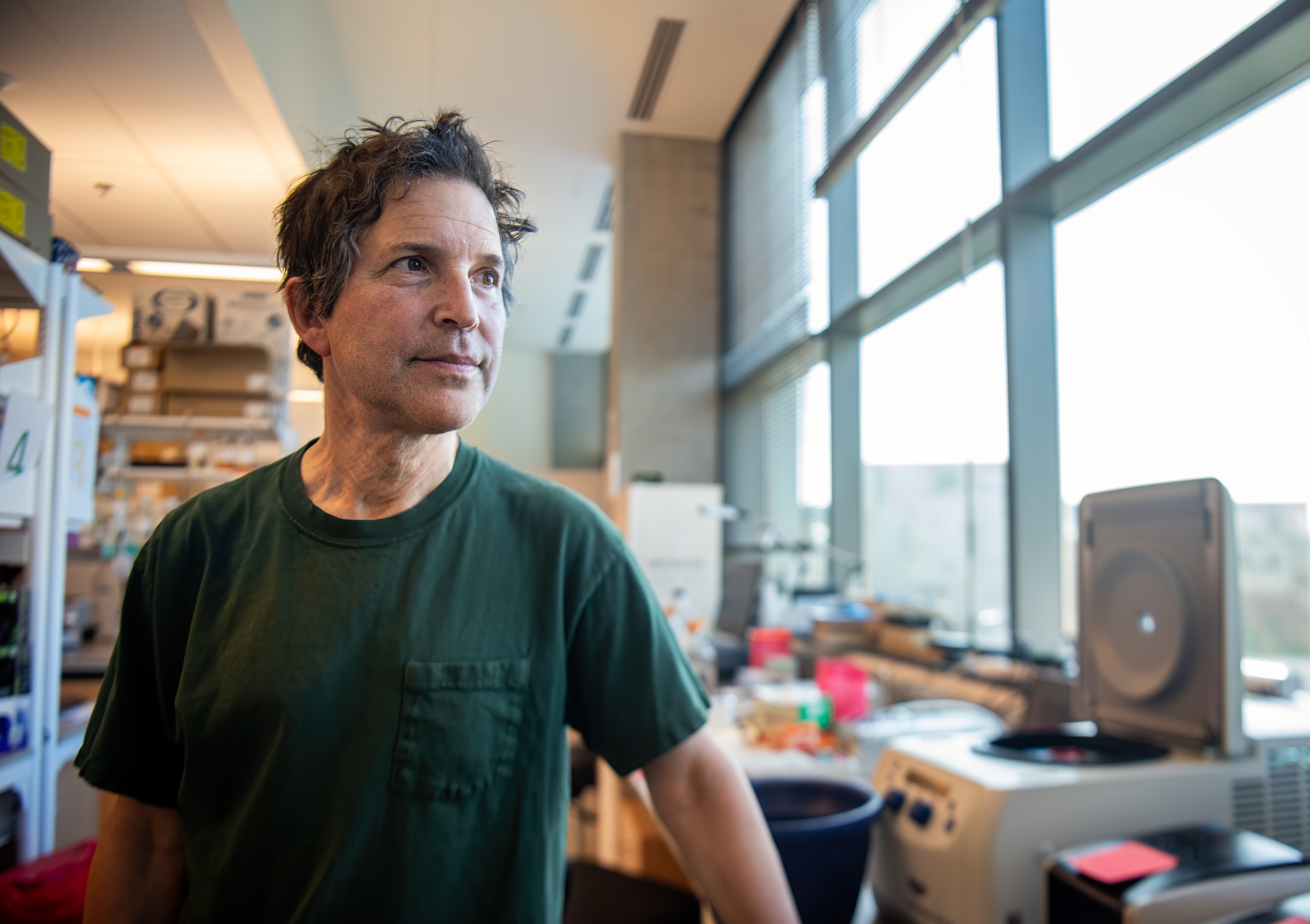
HHMI Investigator David Baker Awarded 2024 Nobel Prize in Chemistry
Computational protein design and protein structure prediction have earned three scientists the 2024 Nobel Prize in Chemistry. David Baker, a Howard Hughes Medical Institute (HHMI) Investigator at the University of Washington School of Medicine, and Demis Hassabis and John M. Jumper of Google DeepMind were announced as this year’s recipients by the Royal Swedish Academy of Sciences today.
ACS president comments on award of 2024 Nobel Prize in Chemistry
On behalf of the American Chemical Society (ACS), President Mary K. Carroll congratulates today’s winners of the Nobel Prize in Chemistry: David Baker, of the University of Washington; Demis Hassabis, of Google DeepMind; and John M. Jumper, of Google DeepMind.
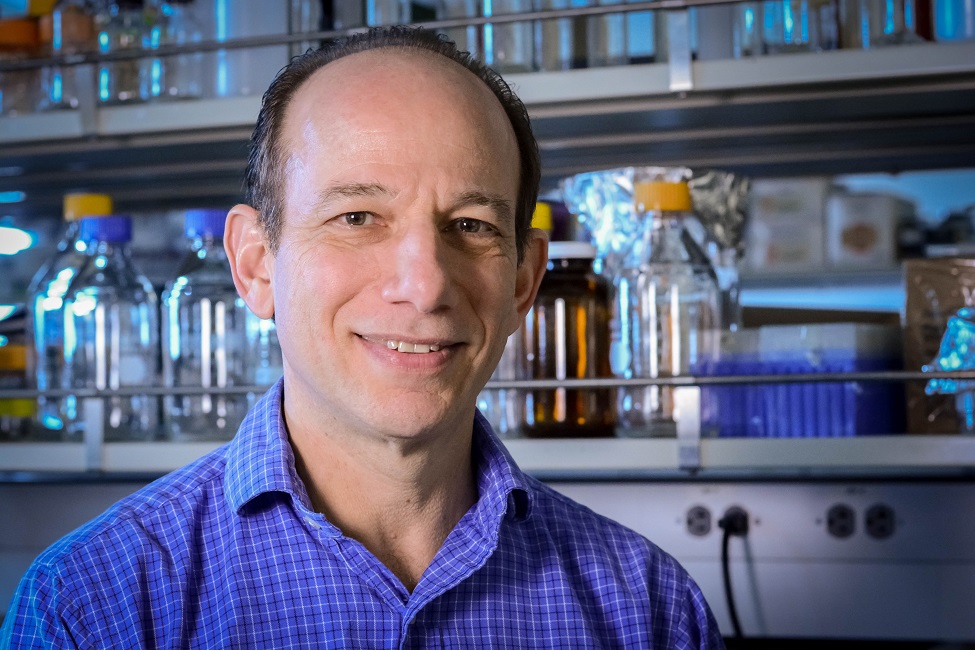
FAU Interim Vice President for Research Named Prestigious Fulbright Specialist
The United States Department of State’s Bureau of Educational and Cultural Affairs has selected Gregg Fields, Ph.D., Florida Atlantic University’s interim vice president for research, as a Fulbright Specialist Program grantee following a competitive application process.
Chulalongkorn Organized “Cutting-edge Nanotechnologies for Good Health and Well-being” International Conference for Alternative Cancer Treatment
Chulalongkorn University organized an international academic conference titled “Cutting-edge Nanotechnologies for Good Health and Well-being” to present nanotechnology innovations as new alternatives for cancer treatment.
Biophysical Society Announces the Results of its 2024 Elections
ROCKVILLE, MD – Karen Fleming has been elected President-elect of the Biophysical Society (BPS). She will assume the office of President-elect at the 2025 Annual Meeting in Los Angeles, California and begin her term as President during the 2026 Annual Meeting in San Francisco, California. Fleming is a Professor of Biophysics at Johns Hopkins University.
Gene-editing nanoparticles correct stem cell mutations in cystic fibrosis models
Researchers at UT Southwestern Medical Center developed nanoparticles that successfully edited the disease-causing gene in the lungs of a mouse model of cystic fibrosis (CF), swapping a mutated form with a healthy one that persisted in stem cells. Their findings, reported in Science, could offer hope for people with CF and other debilitating genetic lung diseases.
SHRO’s Giordano Climbs the Ranks of Top Scientists List
Sbarro Health Research Organization (SHRO) Founder and Director, the Italian American Antonio Giordano, MD, PhD, climbs in the rankings of the top scientists in the United States and around the world. This recognition puts Giordano in the company of accomplished researchers in science and medicine globally. A source of pride for Italy but also for the States.
Bacterial proteins shed light on antiviral immunity
A unique collaboration between two UT Southwestern Medical Center labs – one that studies bacteria and another that studies viruses – has identified two immune proteins that appear key to fighting infections.
Simulation reveals new mechanism for membrane fusion
An intricate simulation performed by UT Southwestern Medical Center researchers using one of the world’s most powerful supercomputers sheds new light on how proteins called SNAREs cause biological membranes to fuse.
Penn scientists create novel technique to form human artificial chromosomes
Human artificial chromosomes (HACs) capable of working within human cells could power advanced gene therapies, including those addressing some cancers, along with many laboratory applications, though serious technical obstacles have hindered their development. Now a team led by researchers at the Perelman School of Medicine at the University of Pennsylvania has made a significant breakthrough in this field that effectively bypasses a common stumbling block.
Seminal Study Sheds Light on Cell Mitochondria
A collaborative effort led by Stuti Sharma, PhD, Assistant Professor in the Department of Biochemistry & Cell Biology at Stony Brook University, resulted in a promising study toward a better understanding of mitochondrial adenosine triphosphate (ATP) synthase.
UT Southwestern collaborates with Pfizer to develop improved RNA delivery technologies
UT Southwestern Medical Center is partnering with Pfizer Inc. to develop RNA-enhanced delivery technologies for genetic medicine therapies through the Dallas-based medical center’s Program in Genetic Drug Engineering.
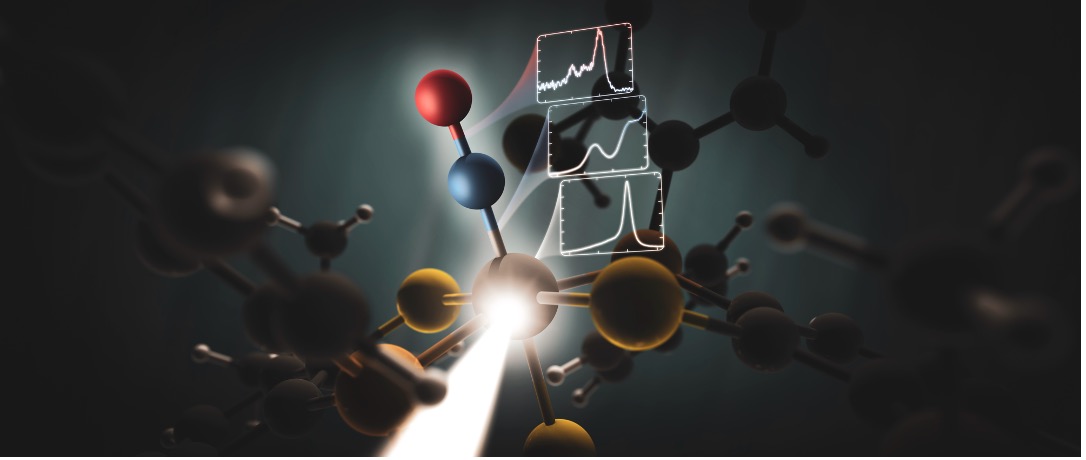
SLAC scientists shed light on potential breakthrough biomedical molecule
Developing a new, light-activated method to produce the molecule opens doors for future biomedical applications.
Small but mighty: the hidden power of broccoli sprouts
Broccoli sprouts have been discovered to contain seven times more polysulfides than mature broccoli
Study reveals how estrogen exerts its anti-diabetic effects
The quintessential female sex hormone estrogen stimulates cells that line blood vessels to deliver insulin to muscles, lowering blood sugar and protecting against Type 2 diabetes, UT Southwestern Medical Center researchers report. The findings, published in Nature Communications, could eventually lead to new therapies for Type 2 diabetes, a disease that affects hundreds of millions of people around the globe and continues to grow more prevalent.
Researchers design a pulsing nanomotor
An international team of scientists headed by the University of Bonn has developed a novel type of nanomotor. It is driven by a clever mechanism and can perform pulsing movements.
FSU chemist to receive American Chemical Society Award in Surface Chemistry
Hedi Mattoussi, a Distinguished Research Professor with the Florida State University Department of Chemistry and Biochemistry, has been selected to receive the 2024 ACS Award in Surface Chemistry in recognition of his contributions to the advancement of surface chemistry.
Mapping the coronavirus spike protein could provide insight into vaccine development
Although the COVID-19 pandemic was the first time most of humanity learned of the now infamous disease, the family of coronaviruses was first identified in the mid-1960s.
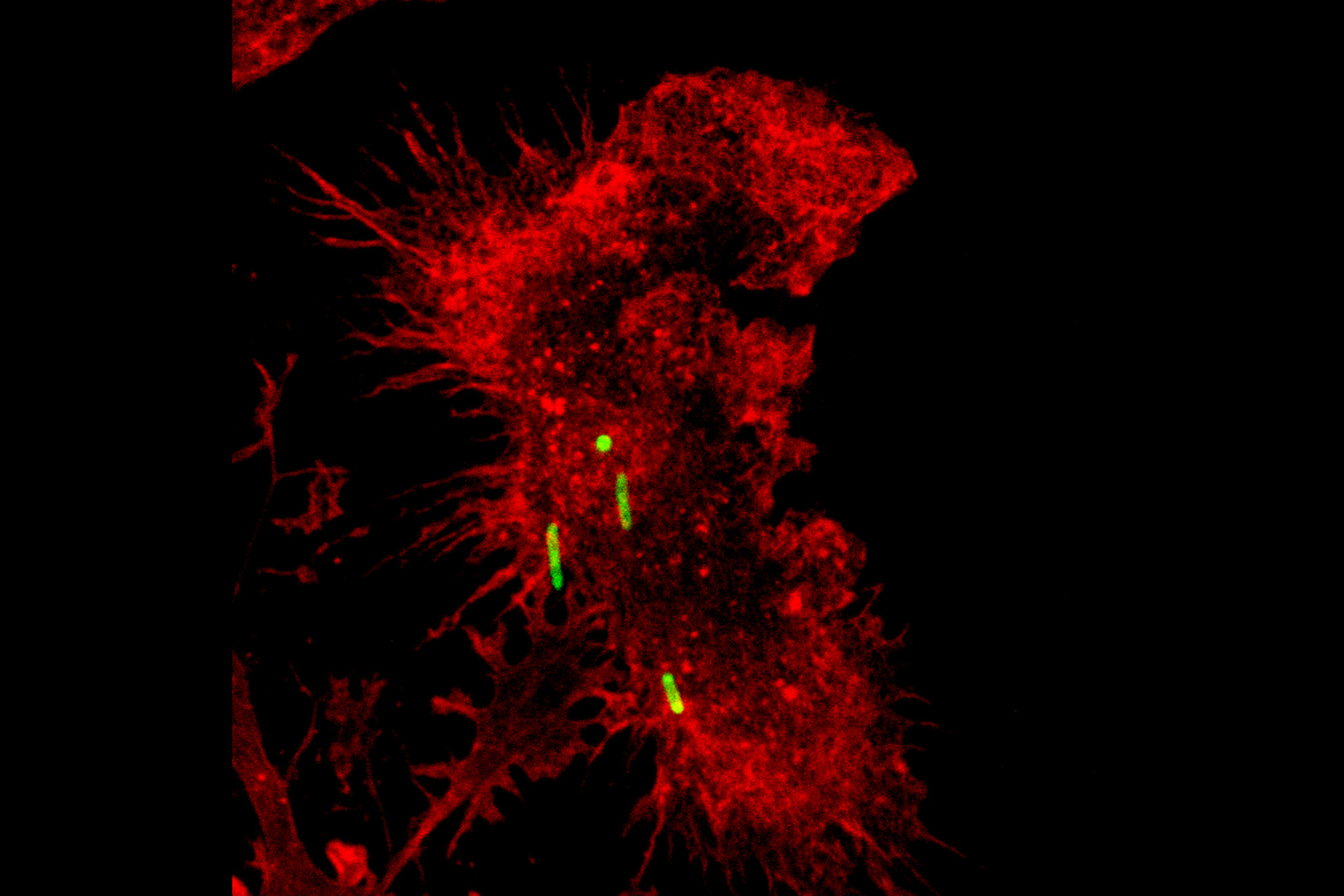
Training immune cells to remove ‘trash’ helps resolve lung inflammation
Acute lung injury occurs when our lung’s immune system response becomes hyperactivated and causes inflammation to continue unchecked. In fact, many deaths from COVID-19 were from acute lung injury.
Study reveals peculiar movements of cholesterol in cellular membranes
Cholesterol plays many critical roles in biology and medicine. Researchers have revealed for the first time how cholesterol behaves in cells at the atomistic level, information that could have broad implications for future studies of health and disease.
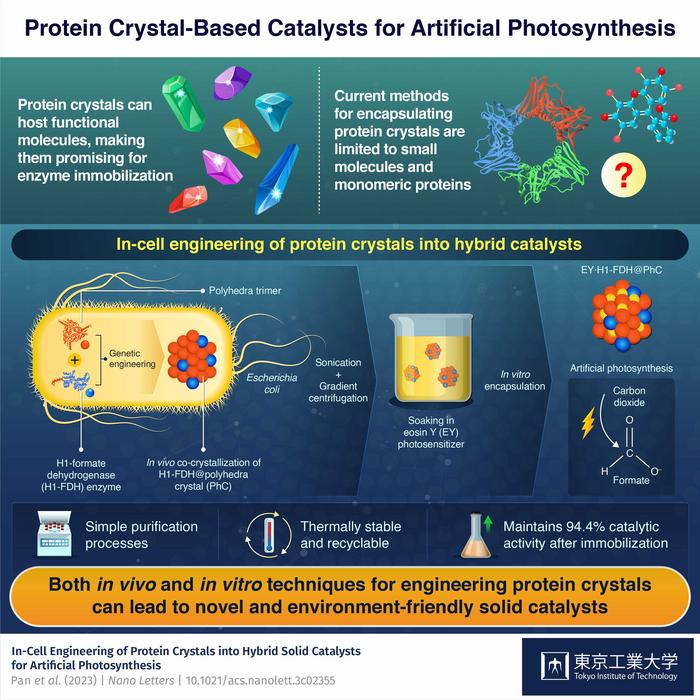
Towards artificial photosynthesis with engineering of protein crystals in bacteria
In-cell engineering can be a powerful tool for synthesizing functional protein crystals with promising catalytic properties.
“Dust Mites Repellent Herbal Spray” and “Pet Fragrance Spray from Mangosteen Peel Extract” – Two Nano Innovations from CUVET
Researchers of the Biochemistry Unit, Faculty of Veterinary Science, Chulalongkorn University (CUVET) have developed “Dust Mites Repellent Herbal Spray” and “Pet Fragrance Spray from Mangosteen Peel Extract” by applying nanotechnology to pet products to enhance their potency. Certifiably safe, both products are now available through a CUVET startup company.
Drug precursor biosynthesis hinges on carrier-mediated ring formation
The entire biosynthetic pathway of actinopyridazone has been unveiled, revealing that an unprecedented carrier protein-mediated ring-forming step is key to its synthesis.
Study reveals workings of promising Copper deficiency drug
Research at Argonne National Laboratory’s Advanced Photon Source has revealed a key mechanism behind a promising drug for copper deficiency disorders.
Young researchers win grants to work in labs in North America
ASBMB travel awards support biomedical research projects and career development for trainees from Argentina, Chile, Mexico, Uruguay and Spain to work in labs in North America
Scientists use X-ray beams to determine role of zinc in development of ovarian follicles
Researchers from Argonne, Michigan State University and Northwestern University used Argonne’s Bionanoprobe beamline to look at the concentration of zinc in egg cells.
Alzheimer’s: modulation of cell membrane influences formation of amyloid-β
A team lead by Prof. Harald Steiner and Dr. Edgar Dawkins from the Biomedical Center Munich at LMU has now shown that the production of amyloid-β is influenced by the membrane thickness.
Structure of ‘Oil-Eating’ Enzyme Opens Door to Bioengineered Catalysts
Scientists at Brookhaven National Laboratory have produced the first atomic-level structure of an enzyme that selectively cuts carbon-hydrogen bonds—the first and most challenging step in turning simple hydrocarbons into more useful chemicals. The detailed atomic level “blueprint” suggests ways to engineer the enzyme to produce desired products.
ASBMB calls for 10% budget increase for NIGMS
In testimony to federal appropriators, the ASBMB argues a big boost for NIGMS is long overdue and calls for a 10% increase
The genetics of temperature adaptation: how does life thrive in extreme conditions?
The history of the Earth has been one of physical extremes—extreme atmospheric conditions, extreme chemical environments, and extreme temperatures.
Simmons Cancer Center investigators receive nearly $15 million in CPRIT funding
Ten scientists in the Harold C. Simmons Comprehensive Cancer Center at UT Southwestern Medical Center have been awarded nearly $15 million in grants from the Cancer Prevention and Research Institute of Texas (CPRIT) to advance research on a wide range of cancer issues.
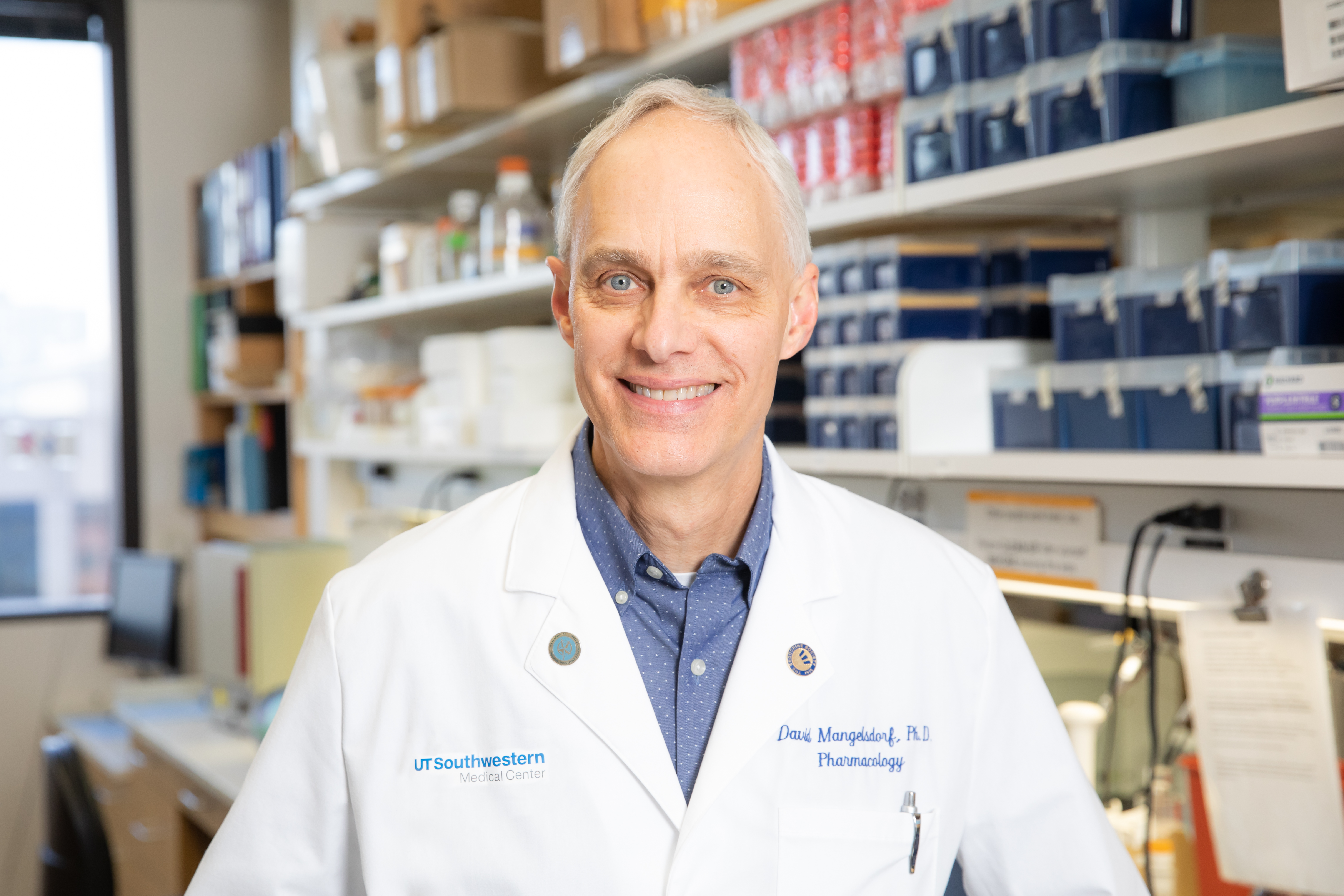
UT Southwestern scientists discover agent that reverses effects of intoxication
A shot of a liver-produced hormone called FGF21 sobered up mice that had passed out from alcohol, allowing them to regain consciousness and coordination much faster than those that didn’t receive this treatment, UT Southwestern researchers report in a new study. The findings, published in Cell Metabolism, could lead to effective treatments for acute alcohol intoxication, which is responsible for about 1 million emergency room visits in the U.S. each year.
Hijacking our cells’ enzymes to eliminate disease-causing proteins
The researchers looked at a ubiquitin ligase enzyme named FBXL2, known to degrade proteins at various cellular membrane compartments. They found that by attaching or detaching a fat molecule or lipid to FBXL2 — a process called palmitoylation and de-palmitoylation — they could direct where the FBXL2 went. They also discovered that in order to travel in the aqueous cellular environment for the delivery of lipid-modified FBXL2 to membrane compartments, it used a trafficking protein called PDE6D, which is known to shield the lipid modifications.

Jamey Young: Then and Now / 2012 Early Career Award Winner
Engineering professor Jamey Young at Vanderbilt University is developing new strategies for engineering the metabolism of cyanobacteria. He is working to create “green cell factories” for producing renewable fuel compounds.
UT Southwestern biochemist, molecular biologist to receive HHMI Emerging Pathogens awards
Two of UT Southwestern’s Howard Hughes Medical Institute researchers in biochemistry and molecular biology will lead separate teams as part of HHMI’s Emerging Pathogens Initiative (EPI) targeting infectious diseases that pose a threat to human health.
A stem cell’s sense of touch
Building tissues and organs is one of the most complex and important tasks that cells must accomplish during embryogenesis.
Ultrafast and ultra-sensitive protein detection method allows for ultra-early disease diagnoses
Protein detection based on antigen–antibody reaction is vital in early diagnosis of a wide range of diseases. How to effectively detect proteins, however, has frequently bedeviled researchers.
Chula Medicine Determines “Cytokines” as Indicator of “Degenerative Joints” Giving Hopes for Better Disease Mitigation
Chula Medicine announced the discovery of “cytokines” in the body’s immune system that can determine the severity of osteoarthritis in elderly adults, hoping to facilitate the planning of follow-up and treatment of the disease, and reduction of its severity, while also recommending vitamin D and vitamin E supplements, body weight control, and proper exercise.
Microbial miners could help humans colonize the moon and Mars
The biochemical process by which cyanobacteria acquire nutrients from rocks in Chile’s Atacama Desert has inspired engineers at the University of California, Irvine to think of new ways microbes might help humans build colonies on the moon and Mars.
UT Southwestern scientists among top 1% of highly cited researchers across the globe
More than 20 UT Southwestern Medical Center scientists are among the 2022 Highly Cited Researchers listed in the top 1% of researchers from across the globe
UT Southwestern ranked top health care institution globally for published research by Nature Index
For the third year in a row, UT Southwestern is ranked as the top health care institution globally by Nature Index for publishing high-quality research in all subjects and in the life sciences.

Popular Pharmaceutical Target in Cells May Prove Even More Useful
Researchers at UC San Diego have identified a new signaling process involving G protein-coupled receptors (GPCRs), a cellular target already exploited by hundreds of diverse drugs. The discovery opens the possibility of new therapies, including for multiple forms of cancer.
Lab experiments support COVID-19 bradykinin storm theory
A new paper published in Nature Communications adds further evidence to the bradykinin storm theory of COVID-19’s viral pathogenesis — a theory that was posited two years ago by a team of researchers at the Department of Energy’s Oak Ridge National Laboratory.
UC San Diego Joins NIH ‘Bridge to Artificial Intelligence’ Program
UC San Diego scientists will lead several components of Bridge2AI, a new NIH-funded program to promote the use of AI in health and research.
Biochemistry: Peptide “Fingerprint” Enables Earlier Diagnosis of Alzheimer’s Disease
Neurodegenerative diseases like Alzheimer’s disease or Parkinson’s disease are caused by folding errors (misfolding) in proteins or peptides, i.e. by changes in their spatial structure. This is the result of minute deviations in the chemical composition of the biomolecules. Researchers at the Karlsruhe Institute of Technology (KIT) have developed a simple and effective method for detecting such misfolding at an early stage of the disease. Misfolding is revealed by the structure of dried residue from protein and peptide solutions.
10 scientists elected leaders of the ASBMB
Voting members of the scientific society chose a new secretary, re-elected three people to the governing council, and selected new committee members.